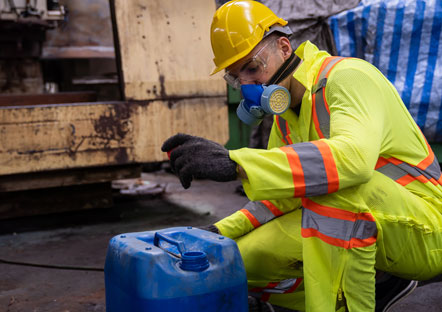Advancing environmental due diligence in real estate and brownfield development.
Cameron-Cole Phase I Environmental Site Assessments (ESA)





An on-site inspection, under the supervision of an environmental professional, will document relevant surface features that may suggest RECs are present.
The historical usage and history of the subject property is examined for potential risks. This includes aerial, topographical, fire insurance maps, city directories and property owner interviews where available.
The ASTM Standard is the only US EPA-approved guidance that qualifies as an AAI to ensure limited liabilities protection for real estate.






Do you have a solution that would make a good addition to the ADEC Enterprise Marketplace? Fill out the form below and we will be in touch within the next 1-2 business days.
Do you have a solution that would make a good addition to the ADEC Enterprise Marketplace? Fill out the form below and we will be in touch within the next 1-2 business days.